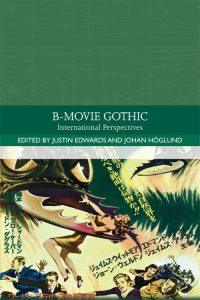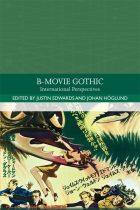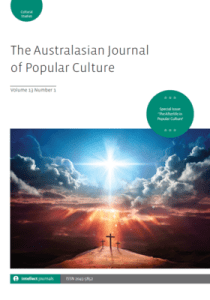2018
 Category III films, introduced to Hong Kong audiences in 1988 as part of the new ratings system, were originally defined as productions reserved for adults over age eighteen. With the majority of plots focusing on stories of murder and sexual exploitation they were often dismissed as mindless low-budget gore-porn created solely for the purpose of generating quick profit for the producers and distributors. Such criticism did little to affect the films’ ratings, as the productions often met with favourable audience reviews and launched mainstream careers of some of their stars. The films also attracted limited academic attention, praised for their naturalistic rendering of the harsh social realities of the lower class life in the 1990s Hong Kong.
Category III films, introduced to Hong Kong audiences in 1988 as part of the new ratings system, were originally defined as productions reserved for adults over age eighteen. With the majority of plots focusing on stories of murder and sexual exploitation they were often dismissed as mindless low-budget gore-porn created solely for the purpose of generating quick profit for the producers and distributors. Such criticism did little to affect the films’ ratings, as the productions often met with favourable audience reviews and launched mainstream careers of some of their stars. The films also attracted limited academic attention, praised for their naturalistic rendering of the harsh social realities of the lower class life in the 1990s Hong Kong.
Although abounding in excessive depictions of violence, HK Category III films are rarely categorized as horror, spanning multiple genres from erotic fantasy and action to crime story and social drama. Frequently with the city at their centre, they reject depictions of Hong Kong as the gleaming symbol of economic prosperity opting for the dystopian vision of crime-infested dark alleys, overpopulated estates and dirty restaurants serving dumplings made from human flesh – a suitable setting for the development of a local brand of urban Gothic.
This article returns to the discussion of the social and cultural dimension of HK Category III films and proposes a Gothic reading of the films’ violent transgressions instigated by, but also directed at monstrous “others” defined by their class, political ideology, and gender. The article focuses on selected crime dramas made mostly in the 1990s, at the time where the category was at the peak of its popularity. The paper explores the films’ engagement with the topic of racism, sexual abuse, family violence, class inequality, as well as political tensions related to the 1997 Hong Kong Handover. The paper also discusses the films’ contribution to the visualisation of Hong Kong as one of the most enduring Asian Gothic cities.



 Gothic has long been theorized as the domain of the feminine, the queer or the ‘soft masculine’, and most discussions of Gothic masculinity propose to see it in terms of a split of the masculine subject at the level of rationality and sexuality. This article examines the construction of Gothic masculinities in the films of the Thai director Kongkiat Khomsiri in the context of the Thai gender system and Thai heroic masculine ideologies their protagonists embody. While Thai horror films abound in depictions of feminine evil, interestingly the Gothic cinescapes of Khomsiri are the domain of tough masculine men. The article discusses the director’s first three features: Chaiya (2007), Slice (2009), and The Gangster (2012), bringing into focus the films’ portrayals of their working-class underdog heroes and their ‘hard’ masculinity. The discussion also highlights the visual aesthetics of Khomsiri’s films and their reliance on the Gothic conventions in the construction of the characters and the environments they inhabit.
Gothic has long been theorized as the domain of the feminine, the queer or the ‘soft masculine’, and most discussions of Gothic masculinity propose to see it in terms of a split of the masculine subject at the level of rationality and sexuality. This article examines the construction of Gothic masculinities in the films of the Thai director Kongkiat Khomsiri in the context of the Thai gender system and Thai heroic masculine ideologies their protagonists embody. While Thai horror films abound in depictions of feminine evil, interestingly the Gothic cinescapes of Khomsiri are the domain of tough masculine men. The article discusses the director’s first three features: Chaiya (2007), Slice (2009), and The Gangster (2012), bringing into focus the films’ portrayals of their working-class underdog heroes and their ‘hard’ masculinity. The discussion also highlights the visual aesthetics of Khomsiri’s films and their reliance on the Gothic conventions in the construction of the characters and the environments they inhabit.